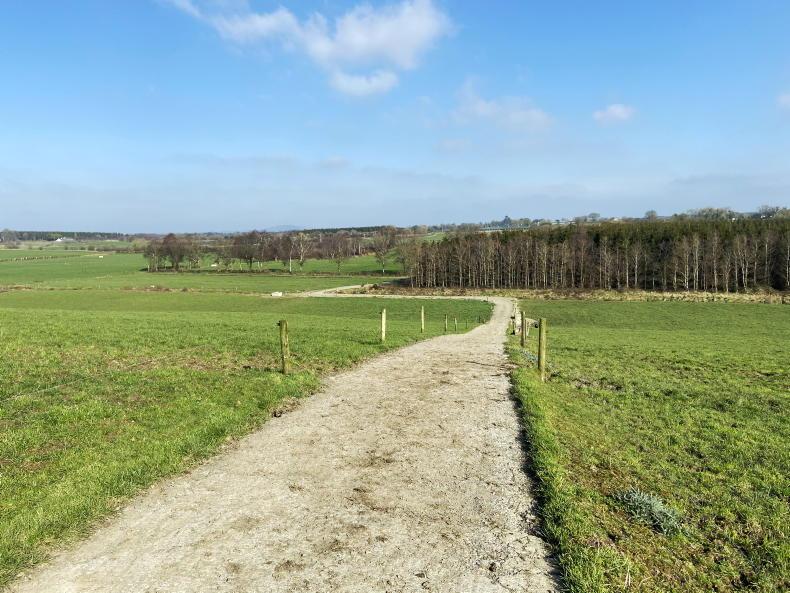What happens in the last three weeks of March will have a big bearing on performance over the next three months.
Certain things are out of farmers’ hands, such as the weather. Other things can’t be controlled now either, such as calving rate.
But there are things that the farmer can control, such as the diet and grassland management.
The diet over the next few weeks is hugely important.
Optimum feed
Grazed grass is the optimum feed at the moment. It is cheaper than alternatives, high in protein, digestibility and energy and getting grass grazed now ensures good-quality grass is available for the second rotation.
In the main, farmers have between 20% and 50% of the farm grazed currently. Those at the lower end of this scale will be hoping that ground conditions remain good so grazing can continue.
Group meetings
I was on a number of online discussion group meetings over the last week. It struck me that a high proportion of farmers did not have cows out by night, even though they were out by day.
Are their cows afraid of the dark?
Letting cows out by night doubles the area being grazed daily and removes a significant chunk of inferior quality feed from the diet (silage).
If you’re looking for something to take body condition score off freshly calved cows it's silage. Whereas spring grass will hold body condition score (BCS) much better than silage.
So where possible, let cows out fully by night and reduce the amount of silage in the diet.
Rain returning
The weather forecast is to change earlier in the week and rain is returning.
This will make grazing more difficult on heavier farms and so keeping grass in the diet will be more of a challenge. It will surprise all farmers how quickly land can get wet again.
Success over the next few weeks will be to keep silage out of the diet of milking cows as much as possible.
This will boost milk yields and milk solids and help to maintain BCS as we head into the next breeding season.






 This is a subscriber-only article
This is a subscriber-only article











SHARING OPTIONS: